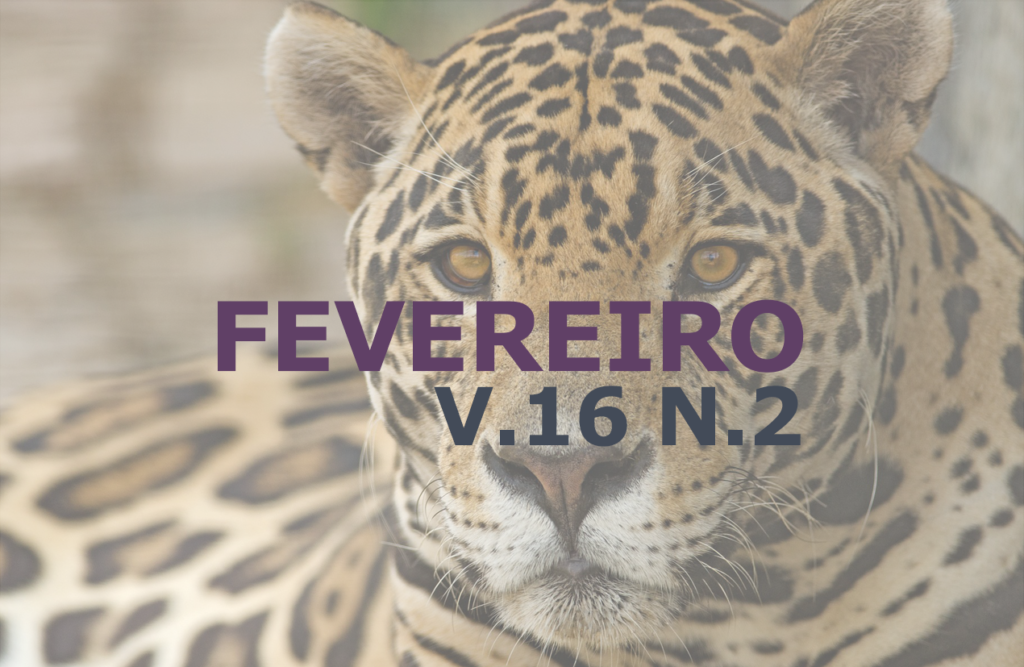Ruminal fistulation and cannulation in cattle: Review
DOI:
https://doi.org/10.31533/pubvet.v16n02a1040.1-8Keywords:
Metabolism, nutrition, transfaunationAbstract
Rumen fistulation and cannulation in cattle is a technique that has great importance in animal nutrition studies. With the implantation of cannulas, it is possible to assess the metabolism and physiology of the pre-stomach, research the degradability of food and forage in situ, in addition to being important in the transfaunation process, which consists in the transfer of ruminal microbiota from a healthy animal to a sick. Rumen fistulation and cannula implantation are performed through surgical intervention, which vary according to the type of cannula used. In addition, fistulation can be performed in one or two operative stages, with different surgical techniques described in the literature. Postoperative complications and ethical implications have been reported in this work, in addition to the importance of studies carried out with ruminal microbiology, mainly by evaluating the interactions between microorganisms and hosts. It is concluded that the cannulation technique in cattle, surgically well performed with less animal suffering and certified by the Animal Use Ethics Committee, are important for research in the field of animal nutrition and emergencies in the ruminant clinic.
Downloads
Published
Issue
Section
License
Copyright (c) 2022 Bruno Cristiano Begnini, Wesley Antunes Meireles

This work is licensed under a Creative Commons Attribution 4.0 International License.
Você tem o direito de:
Compartilhar — copiar e redistribuir o material em qualquer suporte ou formato
Adaptar — remixar, transformar, e criar a partir do material para qualquer fim, mesmo que comercial.
O licenciante não pode revogar estes direitos desde que você respeite os termos da licença. De acordo com os termos seguintes:
Atribuição
— Você deve dar o crédito apropriado, prover um link para a licença e indicar se mudanças foram feitas. Você deve fazê-lo em qualquer circunstância razoável, mas de nenhuma maneira que sugira que o licenciante apoia você ou o seu uso. Sem restrições adicionais
— Você não pode aplicar termos jurídicos ou medidas de caráter tecnológico que restrinjam legalmente outros de fazerem algo que a licença permita.





